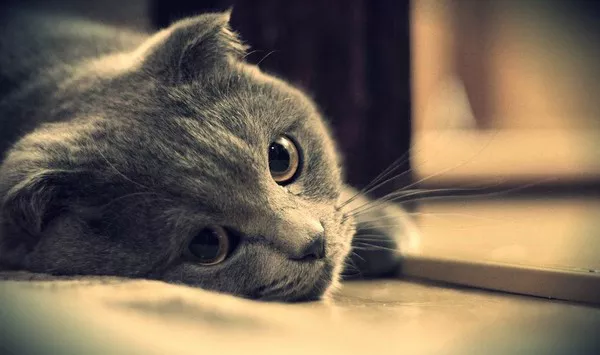Chartreux cats, renowned for their charming appearance and gentle demeanor, have captivated feline enthusiasts worldwide. As potential owners or breeders, understanding the reproductive capabilities of these delightful creatures is crucial. In this article, we delve into the fascinating topic of Chartreux cat litters, exploring the average number of kittens these cats can have and shedding light on other essential aspects of their reproductive cycle.
The Reproductive Cycle of Chartreux Cats
Before delving into the specific number of kittens a Chartreux cat can have, it’s important to understand their reproductive cycle. Like most domestic cats, Chartreux cats are polyestrous, meaning they experience multiple estrus cycles throughout the year. Typically, these cycles occur in response to seasonal changes, with peak fertility observed between spring and early fall.
Female Chartreux cats reach sexual maturity between six months and one year of age, while males become sexually mature around nine months. Once sexually mature, female Chartreux cats enter the estrus cycle, during which they display behavioral and physical changes indicating their receptiveness to mating.
Average Number of Kittens
The average number of kittens a Chartreux cat can have varies depending on several factors, including genetics, health, and care provided. Generally, Chartreux cats tend to have smaller litters compared to some other breeds. On average, a Chartreux cat can give birth to three to five kittens per litter.
It’s worth noting that litter size can be influenced by factors such as the mother’s age, nutrition, and overall well-being. Younger cats or those experiencing health issues may have smaller litters. Conversely, well-nourished and healthy adult Chartreux cats may have slightly larger litters.
Factors Affecting Litter Size
Several factors impact the size of Chartreux cat litters. Genetics play a significant role, as some bloodlines may be predisposed to smaller or larger litters. Additionally, the age of the mother at the time of conception can influence litter size. Younger cats tend to have smaller litters, while older cats may have larger ones.
The nutrition and overall well-being of the mother cat also contribute to litter size. Adequate nutrition, including a balanced diet rich in essential nutrients, can positively affect the number of kittens born. Conversely, poor nutrition or underlying health issues may result in smaller litters.
Breeding Considerations
If you’re considering breeding Chartreux cats, it’s crucial to approach the process responsibly and ethically. Breeding should only be undertaken with the goal of improving the breed standard and preserving its unique traits.
Before breeding, ensure that both the male and female cats are healthy, genetically tested, and free from any hereditary disorders. Consulting with a veterinarian and a reputable breeder is essential to gather relevant information and guidance.
It’s important to avoid overbreeding the female Chartreux cat, as frequent pregnancies can take a toll on her health and well-being. Allowing sufficient recovery time between litters is vital to ensure the mother cat’s physical and mental well-being.
Conclusion
Chartreux cats possess a captivating charm that extends to their adorable litters. While the average number of kittens per litter for a Chartreux cat ranges from three to five, various factors influence litter size. Responsible breeding practices, including genetic testing, proper nutrition, and adequate recovery time between pregnancies, help maintain the health and well-being of these remarkable felines.
Whether you are an owner or a breeder, understanding the reproductive cycle and factors affecting litter size in Chartreux cats allows for responsible and informed decision-making. Cherishing these precious beings and ensuring their well-being should always be the priority in any feline-related endeavor.
Related Topics:
























